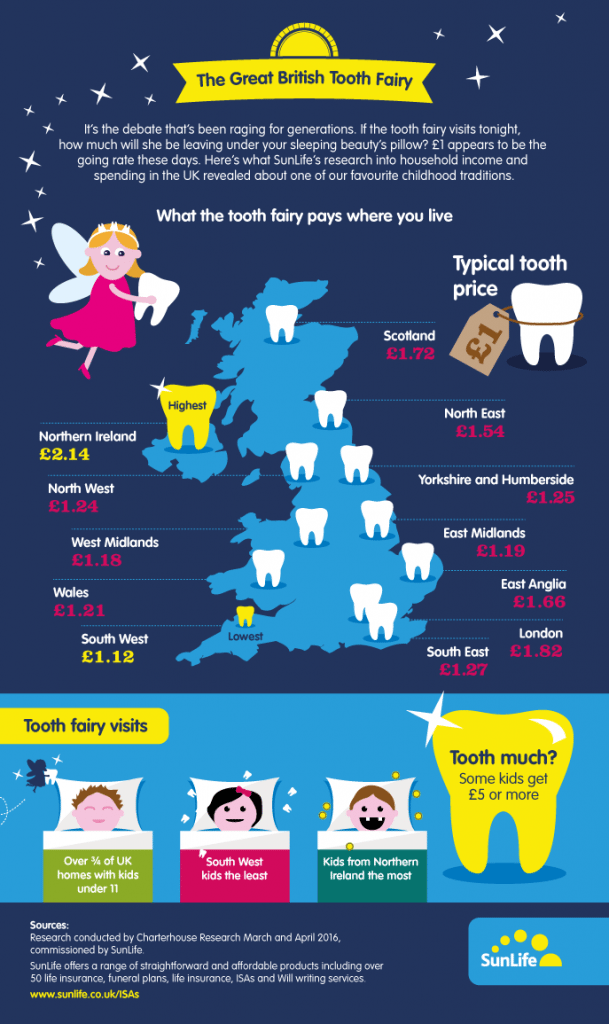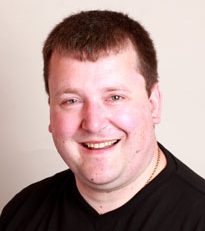Origins Of The Tooth Fairy
Most of us have fond memories of waking to discover that the tooth fairy had visited and exchanged our newly shed tooth for a coin.
The tooth fairy has origins in cultures across the world.
England
In England in the Middle Ages there was a belief that when a child looses a baby tooth they needed to throw it into a fire or they would need to spend eternity looking for it in the afterlife.
There was also a belief that witches could take control of a person if the witch burned clothing or a tooth belonging to them. Parents would encourage children to burn their own shed teeth to keep them safe from witches.
Europe
In medieval Europe parents would bury their child’s shed teeth to prevent witches from getting hold of them as there was a belief that witches needed teeth or clippings from hair or nails to possess someone.
Vikings
The vikings had a culture of giving a Tand-Fe or ‘tooth fee’ to children in exchange for a shed tooth. Vikings would string the teeth into jewellery to bring them power and good luck in battle.
Other World Traditions
In much of continental Europe the tooth fairy is a mouse. The Spanish call him ‘Ratón Pérez’. The French have ‘la petite souris’ and Italy has ‘Toponino’. In lowland Scotland the tooth fairy is a white rat.
First recorded appearance in writing
The first recorded written reference to the tooth fairy was in the “Household Hints” section of the Chicago Daily Tribune in 1908.
“Tooth Fairy. Many a refractory child will allow a loose tooth to be removed if he knows about the tooth fairy. If he takes his little tooth and puts it under the pillow when he goes to bed the tooth fairy will come in the night and take it away, and in its place will leave some little gift. It is a nice plan for mothers to visit the 5 cent counter and lay in a supply of articles to be used on such occasions. Lillian Brown.”
My memories of a stand-in tooth fairy
In my early years as a dentist I spent a short while working in various oral surgery departments in Midlands hospitals.
I remember there were occasions when working in operating theatres where young children had to have tumours removed from their mouth along with one or two adjacent teeth. The tumour and teeth were sent to pathology for a diagnosis so the teeth could not be returned to the child for the tooth fairy.
Whenever that happened I remember there would be an impromptu whip round amongst surgeons, anaesthetists and nurses to collect coins for the child. These would be taped to the child’s bed in recovery so when the anaesthetic wore off they would find the tooth fairy had already been!
Download a voucher
If you want to meet and discuss how to help your family to keep their teeth healthy then download this voucher for 6 months free membership of our children’s dental plan.
6 Months Free Child Plan







